Tahzeeb . तहज़ीब | Handloom Cotton - Chikankari Embroidered Kurti in Hibiscus Red Color
- Availability: Out Of Stock
- Made & Mkt by: Sarausi Lifestyle Pvt. Ltd.
- Product Code: 1557-SL22-SLIN0091-08
- Weight: 650.00g
- Dimensions: 30.00cm x 25.00cm x 10.00cm
Rs.3,290
Available Options
This beautiful monsoon collection has been created on organic handloom cotton and with natural colours. Each garment contains authentic Chikankari with traditional Motifs, carefully done by artisans based in the historical city of Lucknow. The garments are skin-friendly, comfortable and sustainable too.
The typical dispatch time is 2-3 days; however, in special cases, it may take longer. Please refer to the product details section for specific timelines. Once dispatched, we will share the tracking details with you.
For returns, you can file a request within 24 hours of receiving the product. If the package is damaged, please make a video while unboxing and share images of the damaged item along with your return request.

The word Chikan or Chakin is of Persian origin meaning making delicate patterns on fabric. Inspired by Turkish embroidery Chikankari embroidery in its present form is believed to be introduced and flourished in India by Mughal empress Noorjehan in seventeenth century. Some designs and patterns from queen's own wardrobe, being popularly produced even today. Some of the first references of Chikan however can be found in the records of Megasthenes, a Greek traveler, who has mentioned the use of flowered muslins by Indians in the 3rd century B.C.

Chikankari is subtle embroidery, white on white, in which minute and delicate stitches stand out as textural contrasts, shadows and traceries. Some stitches are worked from the back and some from the front. In a unique Anokhi chikan, the stitches do not appear at the back. The patterns and effects depend on the stitches and the thicknesses of the threads used.

Chikankari work basically consists of a number of processes namely cutting, stitching, printing, embroidery, washing and finishing. After cutting and stitching the fabric, printing is done by using wooden blocks that are dipped in dye. This fabric is then embroidered. Traditionally, different artisan families practiced and perfected one type of stitch and it would therefore often take between three to four craftsmen to embroider a single garment.
The stitches in are divided into mainly three heads:
Flat stitches - Taipchi, Pashni, Bakhia, Dhoom
Embossed stitches - Murri, Pahanda
Jaali - Siddhaur, Bulbul

Frames are used to maintain the right tension of fabric and uniformity in the stitches. The embroidery is done on the printed designs. Different people specializing in different kinds of stitching contribute to the finished piece.
Washing is the last stage and is very important. After the garment goes through the preceding steps, it becomes so dirty that the finer flaws are not seen unless it is washed.

White thread is embroidered on cool, pastel shades of light muslin and cotton garments. Nowadays Chikan embroidery is also done with colored and silk threads in colors, to meet the fashion trends and keep the craft up-to-date. Lucknow is the heart of the Chikankari industry today and the variety is known as Lucknawi Chikan.
| Craftsmen | |
| Made by | Artisans works with Sarausi Lifestyle Pvt. Ltd. |
| City | Suraiya (Lucknow based CHIKANKARI Artisans) |
| Returns and Exchange | |
| Note | The items in this category are not refundable. The product is only eligible for a refund only if you receive it damaged or defected. The products in this category is handmade. These might slightly differ from as seen on digital screen. |
| Material | |
| Made of | Handloom cotton |
| Instruction | |
| Care | " *Hand-wash separately or Dry-clean. *Use mild detergent and cold water. *Do not brush and scrub. Do not bleach. *Do not use a solid bar of soap directly. *Dry in shade. *Do not iron directly on embellishment. " |
| Restrictions | |
| COD - Option | Not Available |
Man, an eternal traveler has traversed landscapes... on foot, on his rides, on flights in search of better lands, wealth and at times merely for wande..
Rs.2,410
The East India Company imported raw cotton from India while they dumped the local Indian market with inferior machine-made cloth. This led to a great ..
Rs.450
Man, an eternal traveler has traversed landscapes... on foot, on his rides, on flights in search of better lands, wealth and at times merely for wande..
Rs.4,390
Man, an eternal traveler has traversed landscapes... on foot, on his rides, on flights in search of better lands, wealth and at times merely for wande..
Rs.4,390
Man, an eternal traveler has traversed landscapes... on foot, on his rides, on flights in search of better lands, wealth and at times merely for wande..
Rs.4,390
Man, an eternal traveler has traversed landscapes... on foot, on his rides, on flights in search of better lands, wealth and at times merely for wande..
Rs.4,390
Man, an eternal traveler has traversed landscapes... on foot, on his rides, on flights in search of better lands, wealth and at times merely for wande..
Rs.4,390
A synesthetic expression…where songs and words dance on canvas, colours and patterns make musical harmonies…The Gond tribal painting is an experience ..
Rs.3,000
Music, they say, is the silence between two notes. The silence becomes even more omnipresent as it makes rare appearances between the constant sounds ..
Rs.6,500
Music, they say, is the silence between two notes. The silence becomes even more omnipresent as it makes rare appearances between the constant sounds ..
Rs.1,900
Long time ago, there was a king of Sindh, who like any other king, was fond of royal luxuries and used to sleep on a new bedspread everyday. One day, ..
Rs.913 Rs.1,304
Red… the colour of blood, of life, vitality… red, the colour of the Mother Goddess, the embodiment of power, the nurturer and destroyer… the protector..
Rs.7,500
Think of Gujarat and vibrant images flash across the mind… the exhilarating Garba, decorated camels in the great Rann and everyone clothed in col..
Rs.1,200
There is something excruciatingly beautiful about a little town in the heart of Rajasthan, specked with colour all the time. With the sun’s heat breat..
Rs.4,020
Gathering commences in the middle of deserted pavilions where velvet carpets adorn the Dessert lands & Manganiyars play folk music as a bugle for ..
Rs.512 Rs.1,025
Gathering commences in the middle of deserted pavilions where velvet carpets adorn the Dessert lands & Manganiyars play folk music as a bugle for ..
Rs.512 Rs.1,025
Gathering commences in the middle of deserted pavilions where velvet carpets adorn the Dessert lands & Manganiyars play folk music as a bugle for ..
Rs.512 Rs.1,025
Gathering commences in the middle of deserted pavilions where velvet carpets adorn the Dessert lands & Manganiyars play folk music as a bugle for ..
Rs.512 Rs.1,025
A familiar chatter swells in the air as feet chase the trail of a carelessly flying odhani in the by-lanes of Bhuj, spilling colors all over. While&nb..
Rs.3,070 Rs.3,412
A familiar chatter swells in the air as feet chase the trail of a carelessly flying odhani in the by-lanes of Bhuj, spilling colors all over. While&nb..
Rs.9,310 Rs.10,345
A familiar chatter swells in the air as feet chase the trail of a carelessly flying odhani in the by-lanes of Bhuj, spilling colors all over. While&nb..
Rs.3,460 Rs.3,845
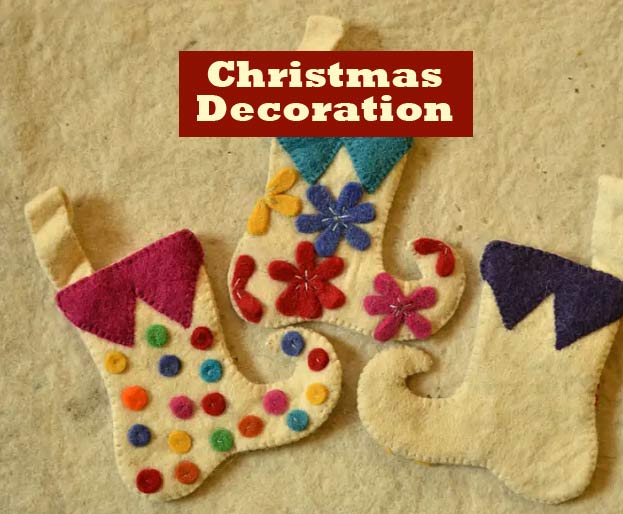










-550x550h.jpg)
-550x550w.jpg)
-550x550h.jpg)
-550x550w.jpg)
-550x550h.jpg)
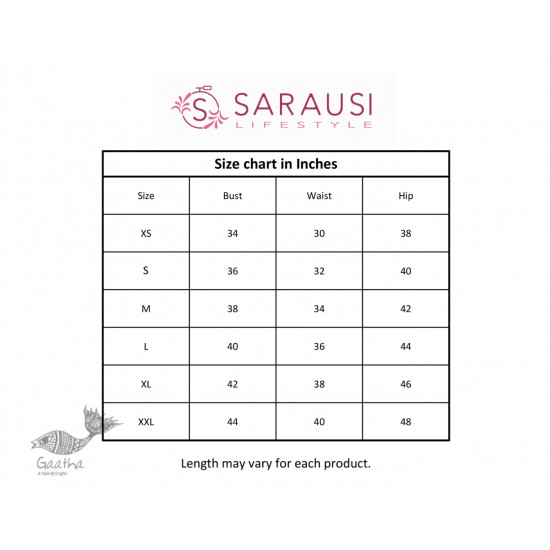

-80x80h.jpg)
-80x80w.jpg)
-80x80h.jpg)
-80x80w.jpg)
-80x80h.jpg)


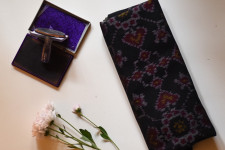
-225x150w.jpg)
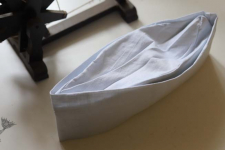
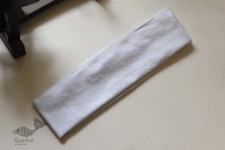
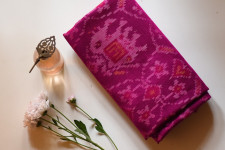
-225x150w.jpg)
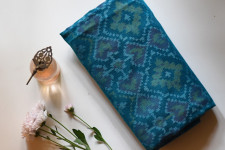
-225x150w.jpg)
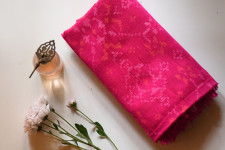
-225x150w.jpg)
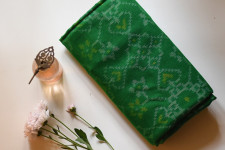
-225x150w.jpg)

-225x150w.jpg)

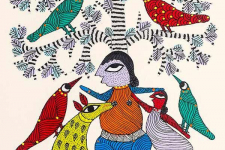
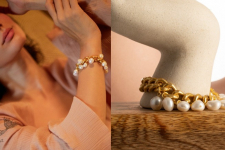
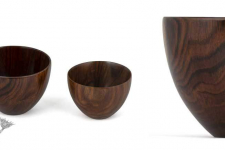
-225x150w.jpg)
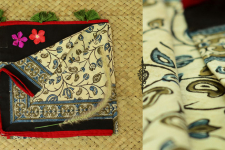
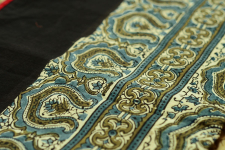
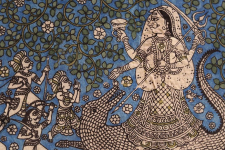
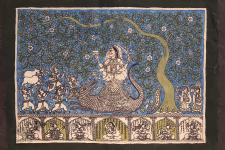
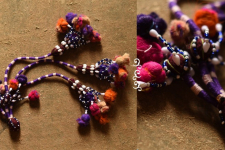
-225x150w.jpg)
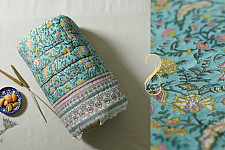
-225x150w.jpg)









-225x150w.jpg)

-225x150w.jpg)

-225x150w.jpg)
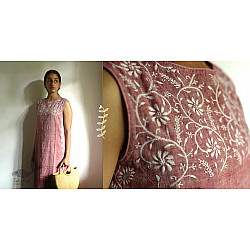
-250x250h.jpg)